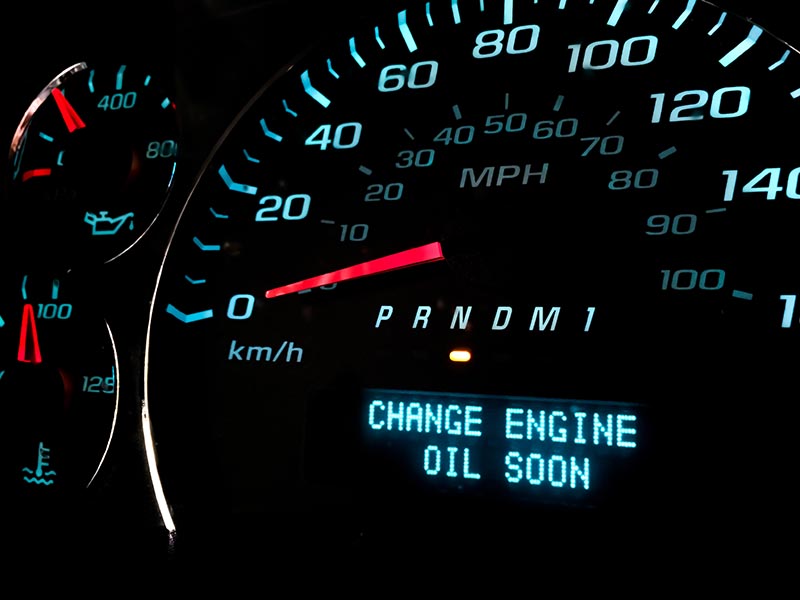When it comes to changing oil, there is a ton of misinformation. When do you change it? Your car’s manual says every 7,000 miles, but the quick lube told you every 3,000 miles. What kind of oil do you need? Normal oil seems a lot cheaper than synthetic oil, and you can’t find a consensus on which is better. How often should you check your oil? Your dad says once a week. But, your friend hasn’t checked his in 5 years, and his car runs fine. Well, during our 50 plus years of combined experience, we’ve learned a thing or two, and, hopefully, we can help answer some of these confusing questions. Here are 3 key things you need to know about oil changes.

1) When You Need to Change Your Oil is a Variable
We get this question a lot, and, to be honest, we usually try to give a flat answer. We, personally, recommend getting an oil change around every 6 months as a rule of thumb. That estimate keeps most people in the realm of safety and keeps us from looking like the “bad guy” when your car kicks the bucket. The real answer to this question is a little more complicated. How you drive is the most important aspect of when you should be getting an oil change, rather than an allotted period of time. If you mostly commute small distances too and from work, shop right around where you live, and most of your car usage is in a small area, then 6 months is right for you. If you don’t drive over 10 miles often, your oil isn’t heating up; you will need an oil change sooner rather than later. All car manuals have an estimate on when you should get your oil changed. Some of them say 5,000 miles while others go as high as 10,000 miles; it depends on the car. These manuals fail to take driving patterns into consideration. If you are a long-distance driver, and you usually commute over 20 miles a day, then you’re pretty safe following your car’s manual. If you don’t drive far, however, make sure to get it changed every 6 months. Even if you only drove 2,000 miles in that 6 months, get your oil changed. Trust us, it’s worth it.
2) Check Your Oil Between Changes
Make sure you check your oil levels at least once a month. That may seem excessive, especially if you had your oil changed recently, but even between oil changes, cars often need a top-up. This is also a good way to catch an oil leak early when repairs will be cheaper and take less time.
Tip: When you are checking your oil, make sure to look at what color the oil is. If it’s brown or black, you are good to go, but if you notice that it looks milky or has some metal shards in it, you should get to a mechanic immediately. These are signs of either coolant leakage or internal engine damage.
3) Know Your Oil
We often get asked what kind of oil people should be using. As a general rule of thumb, check the oil cap. When it comes to the question of synthetic vs regular oil, opt for the synthetic. Synthetic oil is more expensive, sure, but it also prevents lots of the issues that come with regular oil. Synthetic oil resists breaking down better, can handle higher temperatures, and prevents your car from having sludge issues. As far as oil goes, it’s better to spend a little more in the short term.
If you have any questions about types of oil, when to change your oil, or if you found something peculiar when you checked your oil, contact us.
Remember if you are having issues with oil leaking, sludge buildup, or discolored oil, schedule an appointment. Don’t let the problem persist or it will end up costing a whole lot more than a simple sludge fix.
